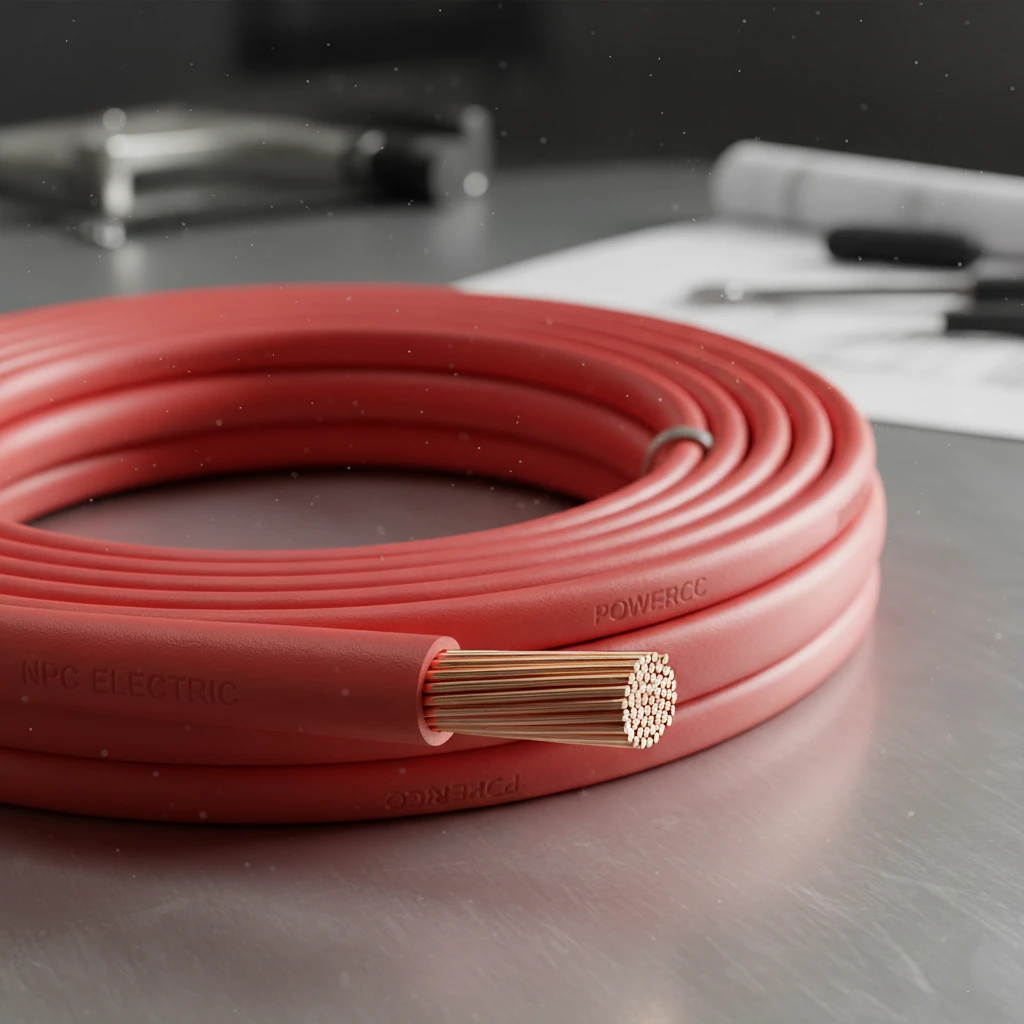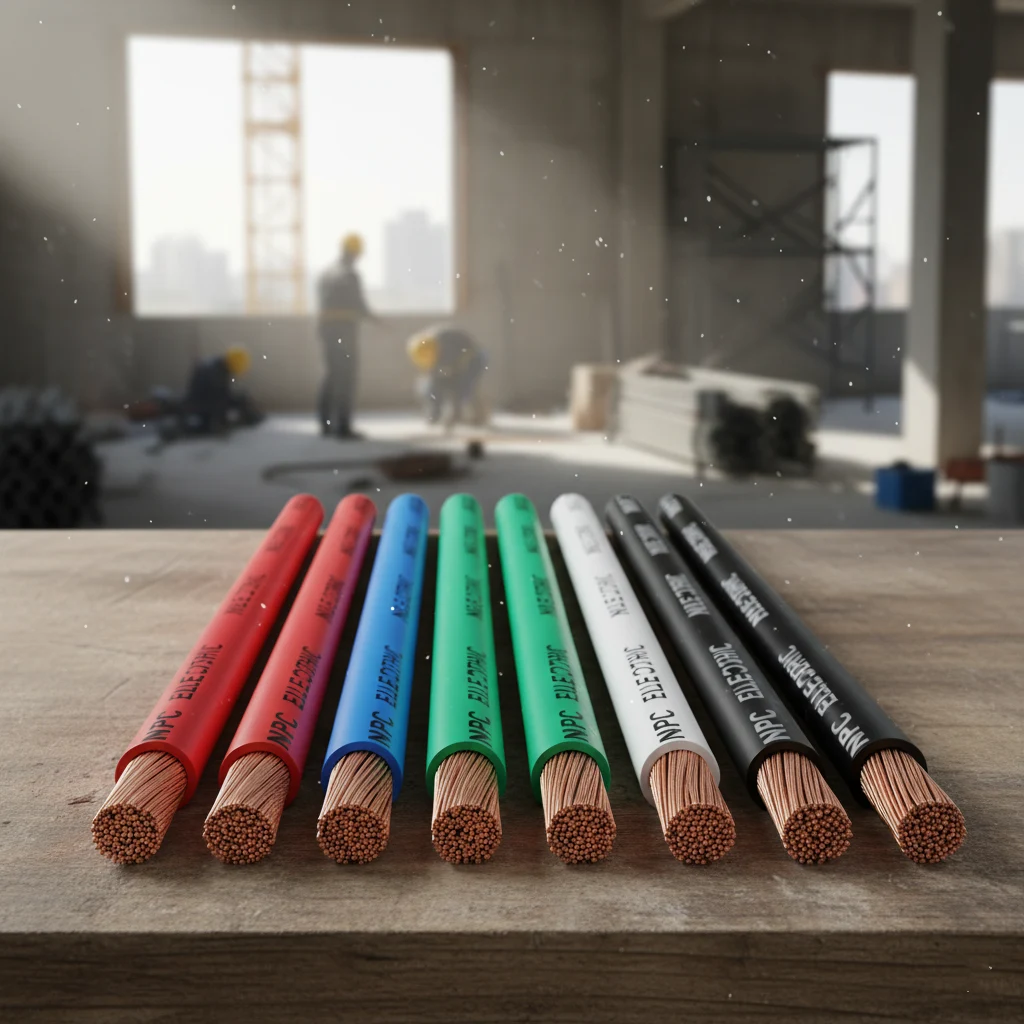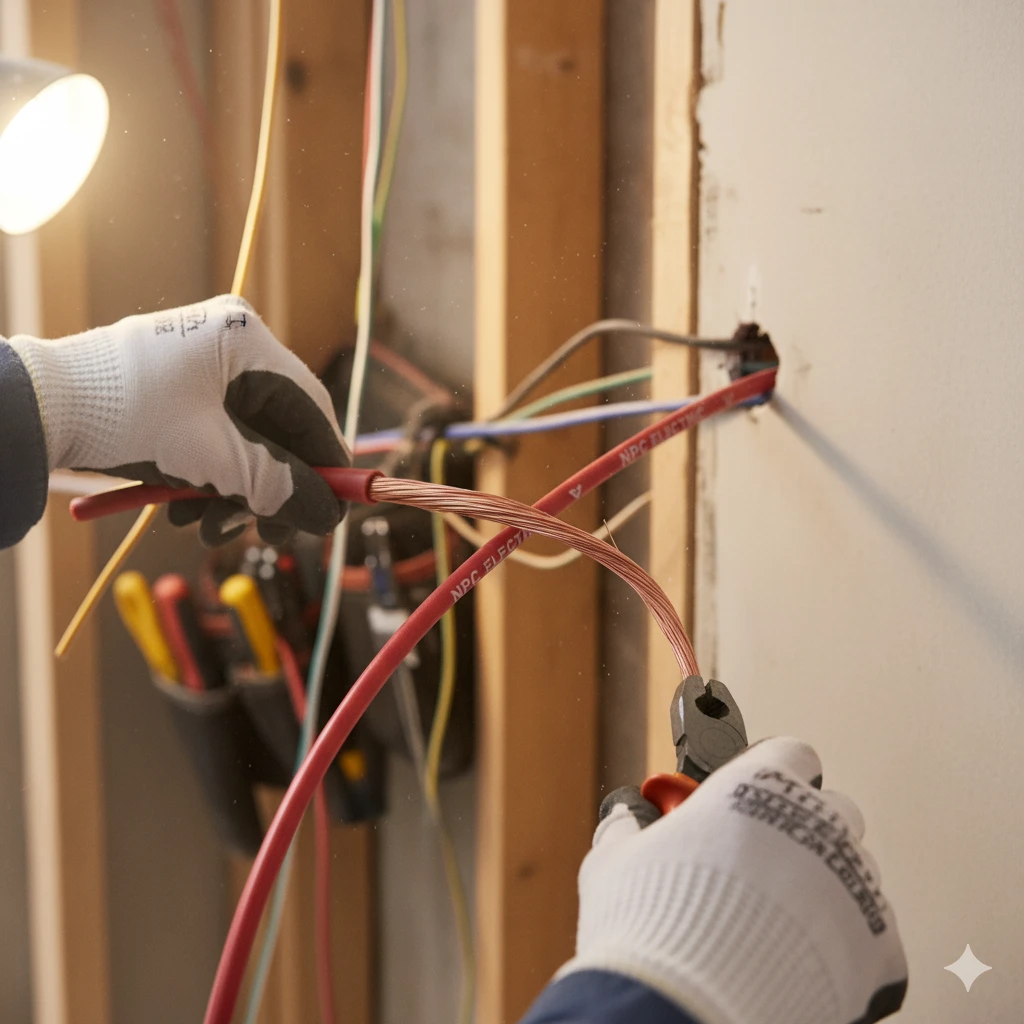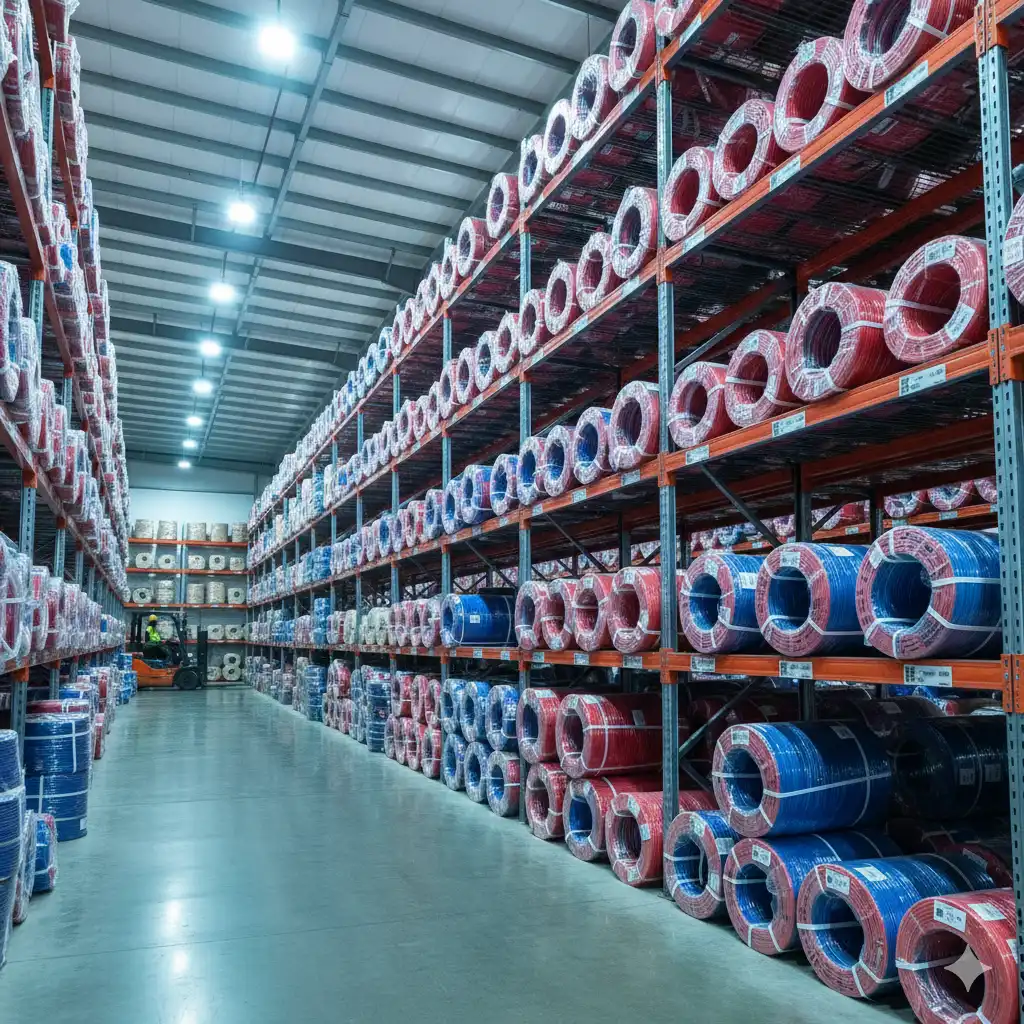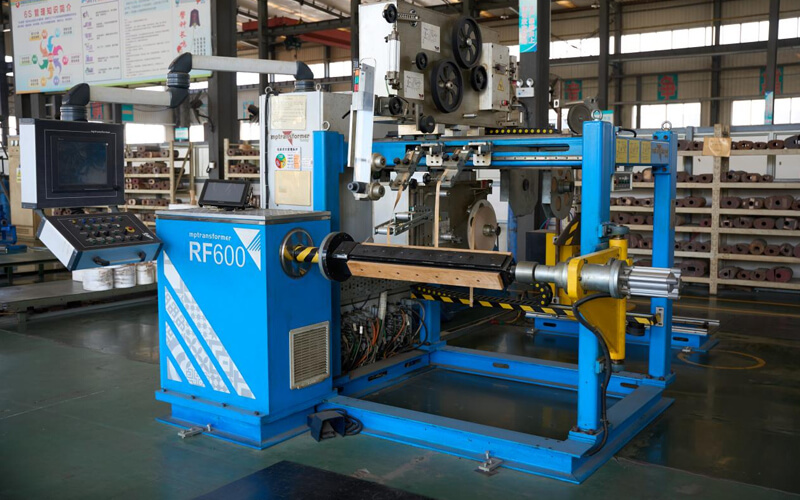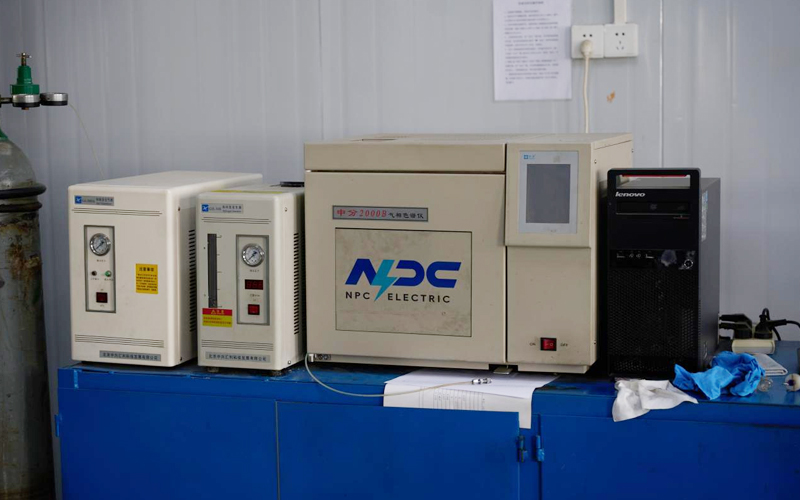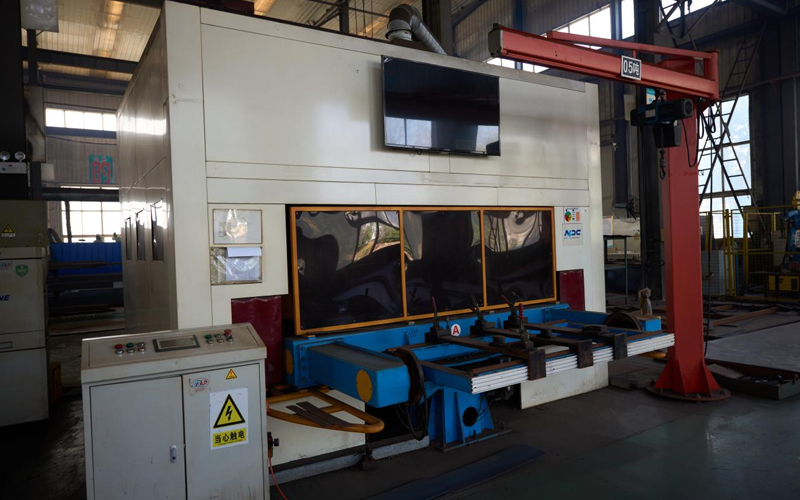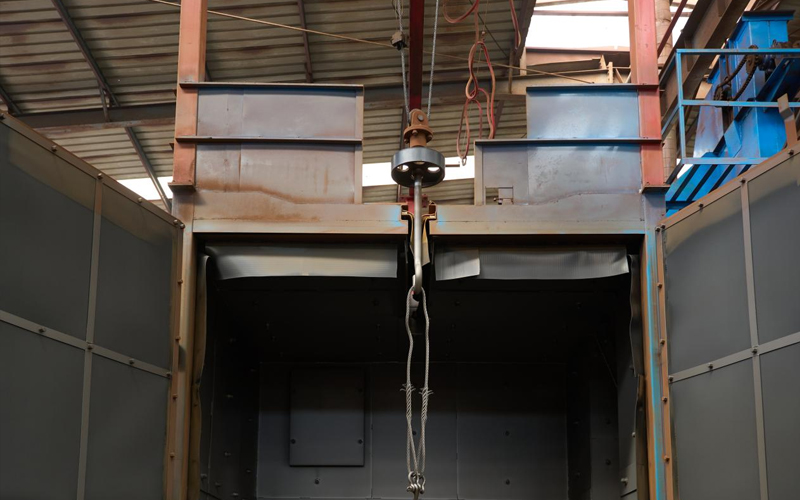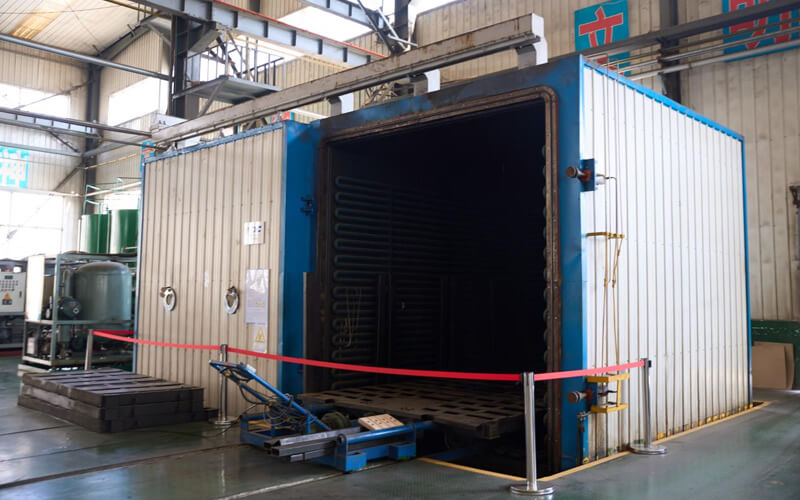Wires and Cables
IEC standard
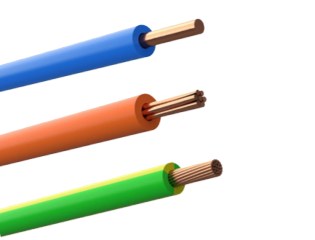
H05V-U H05V-R H05V-K
H05V-K cable is used for the internal wiring of electric motors and transformers as well as other electrical appliances and lighting applications. It can be used in and at electronic appliances for measuring, regulating and controlling. The cables are also ideal for laying in pipes, surface wiring and conduit installations. Specifications according to HD 516 apply for respective specific applications. H05V-U cable is intended for the installation to the inside of apparatus as well as for the protective laying to the lightings, in dry rooms, in production facilities, switch and distributor boards, in tubes, under and surface mounting of plasters. H05V-R is preferably for installation indoors, in cable ducts and in industrial plants or switching stations, under ground installation. Can be used in switchboards and distributor boards or where a thicker strand of multi-wire is required.Found in electronic and electrical equipment and switch gear cabinets designed for export to a European country and for MRO replacement of European made equipment wire.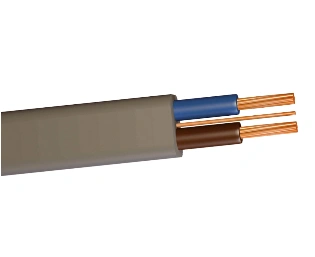
6242Y FLAT TWIN & EARTH
NPC Electric 6242Y Flat Twin & Earth cable is a reliable solution for fixed electrical installations in buildings where safety, neat installation, and consistent performance are required. The cable features two PVC insulated copper conductors and a bare earth conductor, enclosed in a flat PVC sheath that simplifies routing and fixing. The flat design allows easy concealment in walls and ceilings, while the high-quality materials ensure stable electrical characteristics and resistance to everyday mechanical stress. Manufactured under strict quality control, NPC Electric 6242Y cables provide dependable grounding, smooth insulation finish, and long service life. This product is widely used by electricians for standard low-voltage circuits where proven performance and compliance with installation practices are essential.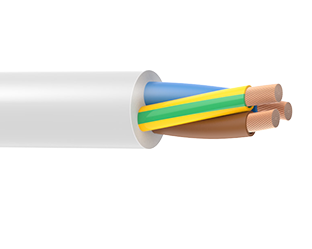
H05VV-F
H05VV-F wires from NPC Electric are flexible PVC insulated and sheathed cables designed for light-duty power connections in household and commercial electrical equipment. Featuring finely stranded copper conductors, these wires provide excellent flexibility, making them easy to install and suitable for applications involving frequent movement. The double PVC insulation structure offers reliable electrical protection, good mechanical strength, and resistance to abrasion, ensuring safe operation under normal indoor conditions. Manufactured in accordance with harmonized standards, NPC Electric H05VV-F wires deliver stable conductivity, consistent insulation thickness, and dependable performance. They are widely used where flexibility, safety, and ease of handling are essential, making them a practical choice for appliances, extension cords, and portable equipment.
H07V-U H07V-R H07V-K
H07V-K cable is used for the internal wiring of electric motors and transformers as well as other electrical appliances and lighting applications. It can be used in and at electronic appliances for measuring, regulating and controlling. The cables are also ideal for laying in pipes, surface wiring and conduit installations. Specifications according to HD 516 apply for respective specific applications. H07V-U cable is intended for the installation to inside of apparatus as well as for the protective laying to the lightings, in dry rooms, in production facilities, switch and distributor boards, in tubes, under and surface mounting of plasters. H07V-R cable is preferably for installation indoors, in cable ducts, and in industrial plants or switching stations, under ground installation. It can be used in switchboards and distributor boards or where a thicker strand of multi-wire is required. Found in electronic and electrical equipment and switch gear cabinets designed for export to a European country and for MRO replacement of European-made equipment wire.In-Depth Analysis
Comparative Analysis of Efficiency and Loss
Compared to the industry average, NPC control & instrument cable exhibit lower losses and higher efficiency across the entire load range.
Load Efficiency Comparison(%)
No-load Loss Comparison(W)
High Conductivity Design
High-purity oxygen-free copper or high-quality aluminum conductors are used with smooth surface and low resistance to ensure efficient power transmission and reduce energy loss.
Insulation Protection System
Use flame-retardant, wear-resistant and corrosion-resistant polymer insulation materials to meet the safe operation requirements in different environments.
Weather-Resistant & Durable Technology
The outer sheath is made of UV-resistant, heat-resistant, and oil-resistant materials, making it suitable for high and low temperatures, humidity, and long-term outdoor use.
Safe Flame Retardant System
The multi-layered flame-retardant structure effectively slows the spread of flames and releases low-smoke, halogen-free gases during combustion, reducing secondary hazards.
Easy Installation & Maintenance
The flexible core and flex-resistant outer sheath provide a small bend radius and high installation efficiency. Color coding and length markings reduce installation and maintenance costs.
Intelligent Monitoring
An optional remote monitoring system is available to monitor operating status, temperature, load and other parameters in real time, and supports fault warning and remote diagnosis.
Environmental Adaptability Analysis
NPC building wire have been rigorously tested and can operate stably under various harsh environmental conditions.

Temperature Range
-40℃ ~ +55℃
Can work normally in extreme high and low temperature environments

Humidity Adaptation
0 ~ 100% RH
Including condensation environment, no frost requirement

Weather Resistance Grade
UV/IEC 60811-501
The outer sheath has excellent UV resistance and aging resistance

Chemical Corrosion Resistance
Oil / Acid / Alkali
Resistant to oil, acid, alkali and some chemical corrosion environments
Why Choose Us

Building Wire Manufacturer

Building Wire Durability & Safety

Building Wire Conductivity & Performance
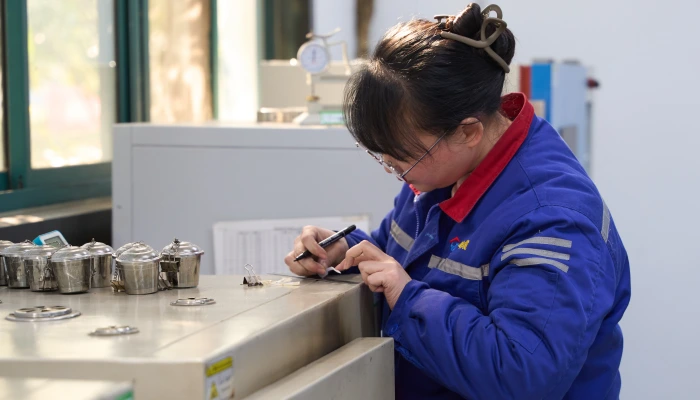
Testing & Quality Control
Product Show
Testing and Certification
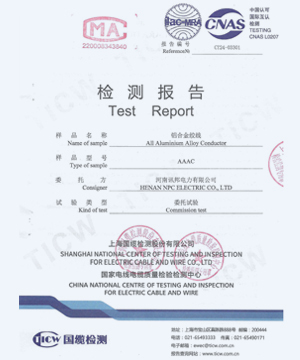
Bare Cable Test Report
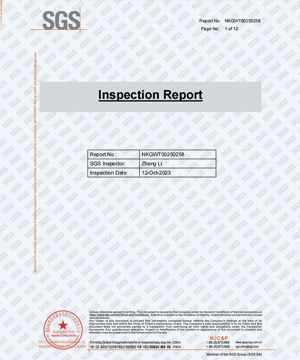
SGS Inspection Report

Certificate of Acceptance
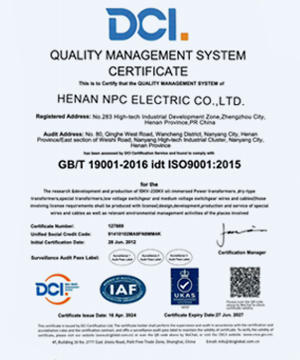
ISO Quality Certificate
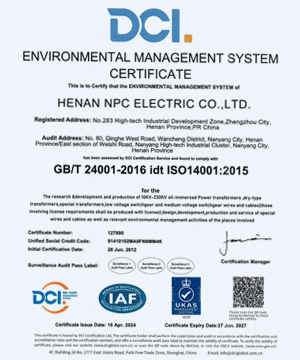
ISO Environmental Certificate

ISO Occupational Certificate
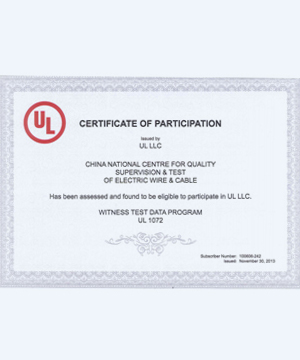
UL Laboratory Certificate
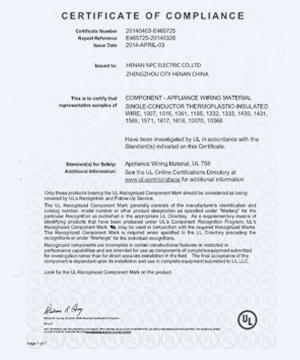
UL Product Certificate
Project Cases

Peru Solar PV Project
CompletedNPC Electric Delivers Medium-Voltage Cables for Peru Solar PV Project
Country:Peru
Model:HEPRZ1(AS) 1x630 mm² 19/33kV x 6km
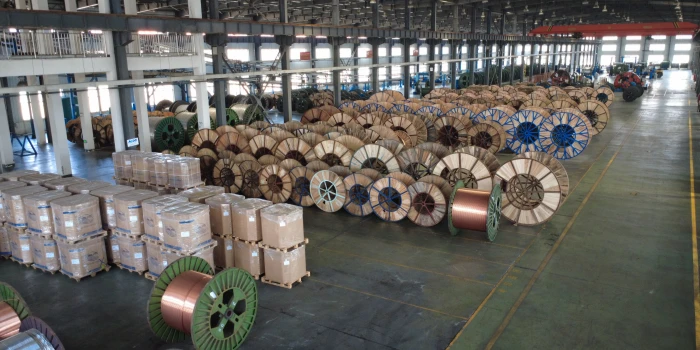
Chile El Project
CompletedReliable 19/33kV MV cables ensuring safe, stable, and efficient power transmission for critical projects.
Country:Chile
Model:19/33kV MV Power Cables x 5km
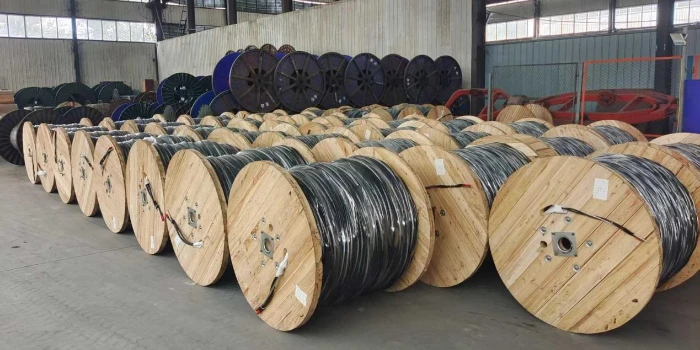
Dominican Edenorte Project
CompletedProvide outdoor power solutions for urban main road reconstruction projects to adapt to complex environments.
Country:Dominican
Model:NPC AAAC Cable & Triplex Cable x 10km
Technical Advantages
FAQ From Customers
-
What is IEC standard building wire?
IEC standard building wire refers to electrical wiring that meets the International Electrotechnical Commission (IEC) standards for quality, safety, and performance. These wires are designed for use in residential, commercial, and industrial electrical systems, ensuring safe and reliable electrical distribution. The IEC standards define the insulation materials, conductor sizes, and performance criteria for wiring to prevent electrical hazards, enhance durability, and improve overall system efficiency. -
Why is IEC certification important for building wire?
IEC certification ensures that building wire meets internationally recognized safety and performance standards. It guarantees that the wire is suitable for safe installation in electrical systems by adhering to strict criteria for insulation resistance, flame retardancy, and electrical conductivity. Using IEC-certified building wire ensures the wire will perform reliably over time, minimizing the risk of electrical faults, overheating, and fire hazards. -
What are the advantages of using IEC standard building wire?
Using IEC standard building wire offers several benefits, including higher safety standards, better performance, and international compliance. The wire is designed to withstand harsh environmental conditions, such as high temperatures, moisture, and mechanical stresses. It ensures reliable power transmission, prevents short circuits, and is suitable for use in various electrical applications. Additionally, IEC-certified wire helps in meeting regulatory requirements, making it a reliable choice for both residential and industrial installations. -
What types of building wire meet IEC standards?
IEC standard building wire comes in a variety of types based on voltage rating, conductor material, and application. Common types include:
1. Low Voltage Building Wire (up to 1 kV)
2. Medium Voltage Building Wire (1 kV to 35 kV)
3. Flexible Building Wire for dynamic applications
4. Fire-resistant and flame-retardant cables for enhanced safety
All of these are designed to meet IEC 60228 and other relevant standards to ensure safety, efficiency, and performance in electrical systems. -
How does IEC standard building wire differ from non-IEC certified wire?
IEC standard building wire undergoes rigorous testing to meet internationally recognized safety, performance, and durability standards. Non-IEC certified wire may lack consistent quality control and may not meet the necessary safety requirements for use in certain electrical systems. IEC-certified wire is tested for flame resistance, electrical performance, and mechanical strength, ensuring long-term reliability and reduced risks of electrical failure. Using non-IEC wire could result in suboptimal performance, safety risks, and potential legal issues in some regions.







